With Beta Bionics collab, Dexcom lines up G7 sensor’s 2nd insulin pump partner by Andrea Park for FierceBioTech.com, 8 December 2023.
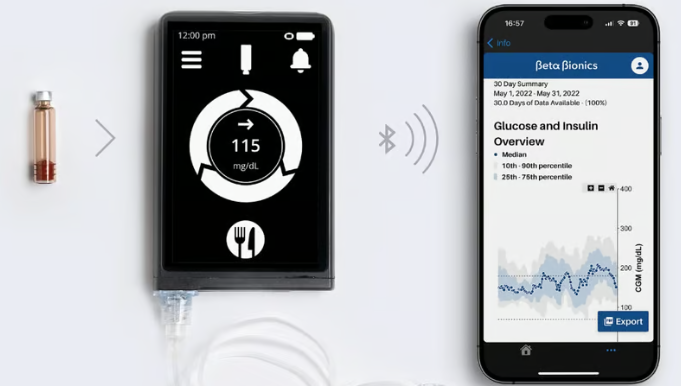 Beta Bionics revealed that its technology has been tapped to link with the G7 continuous glucose monitor. The resulting automated insulin delivery system will comprise Dexcom’s sensor plus Beta Bionics’ insulin pump and dosing software, which together have been dubbed the iLet Bionic Pancreas and were previously compatible only with Dexcom’s G6 sensor.
Beta Bionics revealed that its technology has been tapped to link with the G7 continuous glucose monitor. The resulting automated insulin delivery system will comprise Dexcom’s sensor plus Beta Bionics’ insulin pump and dosing software, which together have been dubbed the iLet Bionic Pancreas and were previously compatible only with Dexcom’s G6 sensor.
The new artificial pancreas will begin its U.S. launch on Dec. 18. At that time, current iLet users will be able to install a new firmware update for the system’s connected smartphone app that’ll allow them to integrate the G7 sensor into their existing artificial pancreas technology, without being charged for new hardware. The iLet update—which will be available through the Apple and Google app stores for iPhone and Android users, respectively—will let users choose between either a G6 or G7 sensor, and they’ll also be able to switch back and forth between the two, depending on which of the devices they have on hand.
“Our goal is to give our patients choice with their CGM technology and to be able to update quickly and easily without new hardware or additional costs,” Sean Saint, Beta Bionics CEO, said in Thursday’s announcement.
Read more: With Beta Bionics collab, Dexcom lines up G7 sensor’s 2nd insulin pump partner
Medtronic nixes $738M deal for insulin patch pump maker EOFlow by Sean Whooley for DrugDeliveryBusiness.com, 6 December 2023.
 Medtronic filed a Form 8K with the SEC stating that it terminated its agreement to buy EOFlow. The medtech giant struck a $738 million deal to acquire the Seongnam, South Korea-based insulin patch pump maker in May 2023. EOFlow develops the EOPatch — a tubeless, wearable and fully disposable insulin delivery device.
Medtronic filed a Form 8K with the SEC stating that it terminated its agreement to buy EOFlow. The medtech giant struck a $738 million deal to acquire the Seongnam, South Korea-based insulin patch pump maker in May 2023. EOFlow develops the EOPatch — a tubeless, wearable and fully disposable insulin delivery device.
Medtronic’s SEC filing stated that, based upon “multiple breaches,” the company notified EOFlow of its decision to terminate the deal. The company said it believes no termination fee is payable under the agreement and the termination doesn’t impact its fiscal 2024 guidance.
EOFlow already launched its EOPatch insulin delivery system in Korea and Europe. The company submitted the insulin delivery device for U.S. FDA clearance in January. EOFlow already has FDA breakthrough device designation on a wearable, integrated artificial pancreas. The disposable device features a glucose monitoring sensor, insulin pump and automated insulin delivery algorithm.
Read more: Medtronic nixes $738M deal for insulin patch pump maker EOFlow
Insulin-secreting skin implant found to reverse diabetes in mice by Loukia Papadopoulos for InterestingEngineering.com, 5 December 2023.
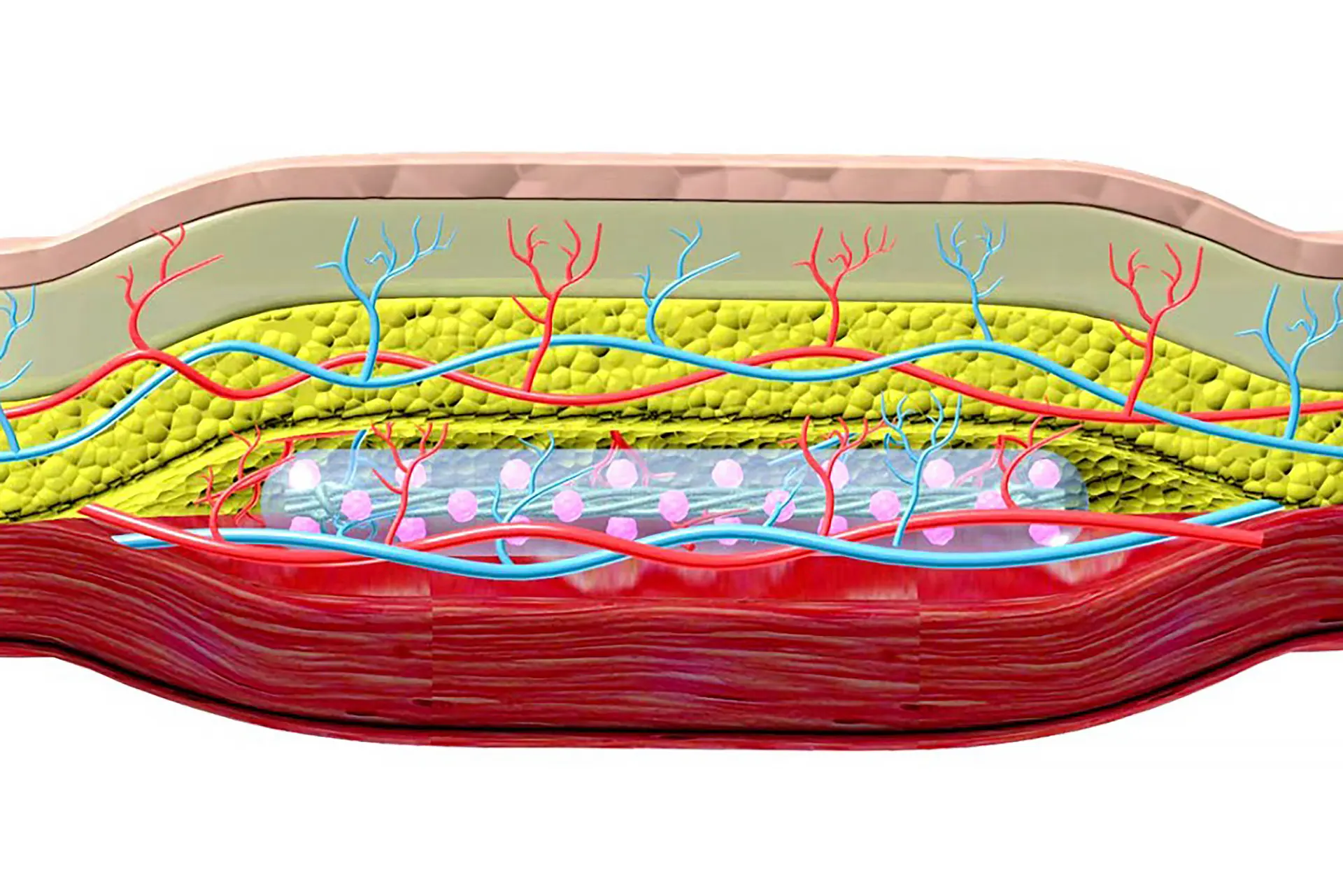 Researchers at the University of Alberta and Cornell University have invented an insulin-secreting skin implant that, in tests conducted on mice, was even shown to reverse diabetes. The device was further found to forgo the need for any anti-rejection drugs. The study is published in Nature Biomedical Engineering.
Researchers at the University of Alberta and Cornell University have invented an insulin-secreting skin implant that, in tests conducted on mice, was even shown to reverse diabetes. The device was further found to forgo the need for any anti-rejection drugs. The study is published in Nature Biomedical Engineering.
“If we could do a transplant with less or no anti-rejection drugs, we could do it much more safely, and we could include more patients who could benefit,” said James Shapiro, the Canada Research Chair in Transplant Surgery and Regenerative Medicine and scientist at the University of Alberta.
The work is based on an invention by Minglin Ma of Cornell who conceived of a detachable polymer thread containing thousands of islet cells covered by a thin hydrogel covering that could be inserted into a patient’s belly without inducing an immune reaction. Shapiro was already working on a diabetes skin implant with similar qualities and upon stumbling on Ma’s work had the idea of combining the two approaches. This proved very successful. “And indeed it worked! By combining the two, it really did improve the skin site for engrafting cells without the need for anti-rejection drugs. The data are very compelling,” said Shapiro.
The invention is called SHEATH for subcutaneous host-enabled alginate thread and could also have future applications in transplants of other conditions where hormone-producing cells are involved such as anemia and chronic renal disease. However, trials so far have been limited to small samples of mice. More clinical tests must be undertaken on larger animals and humans to provide conclusive evidence of the implant’s efficacy and safety.
Read more: Insulin-secreting skin implant found to reverse diabetes in mice
What Actually Causes Type 1 Diabetes? by Julia Ries for Self.com, 1 December 2023.
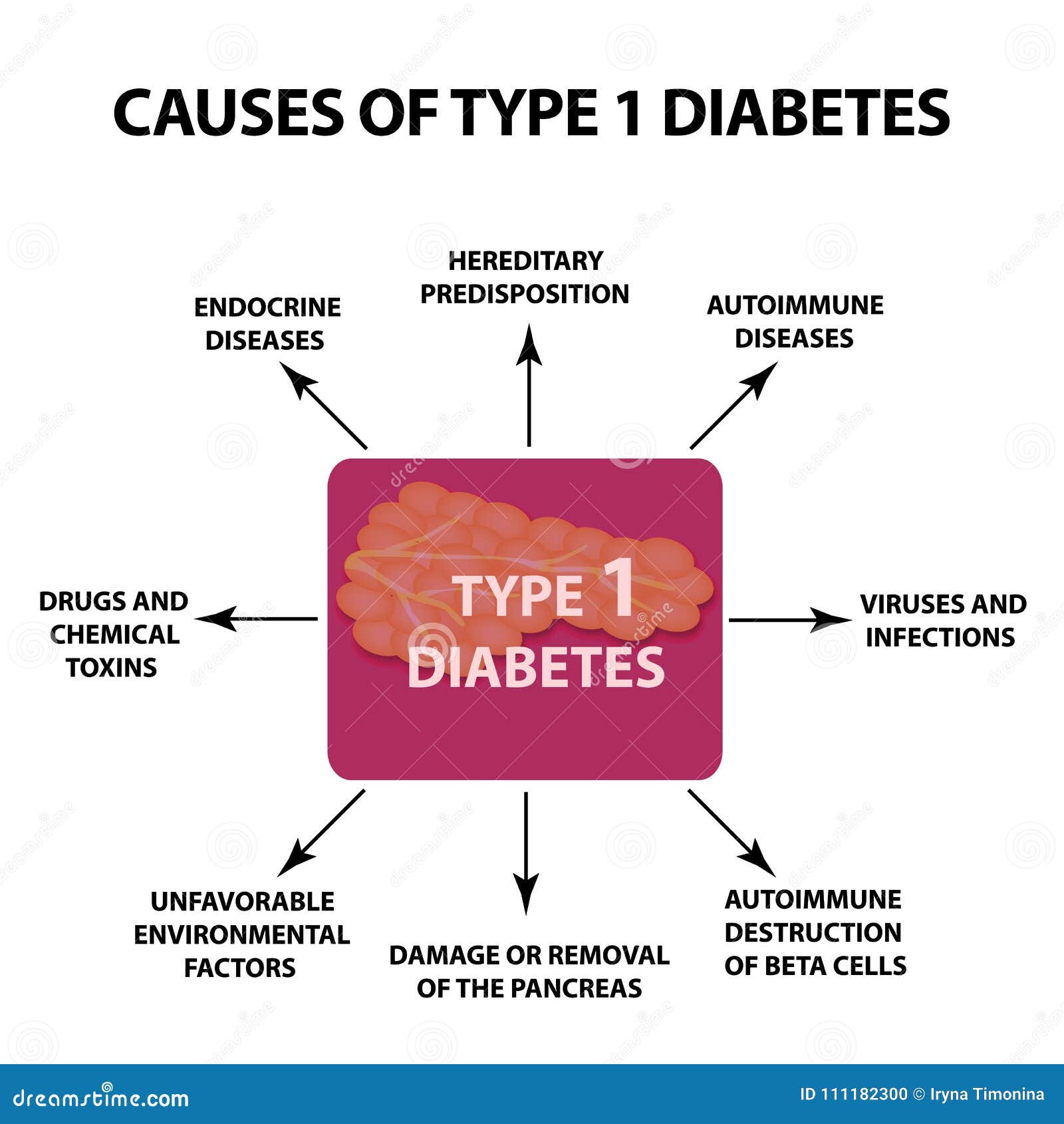 Scientists aren’t sure why people develop type 1 diabetes, but they do say it’s on the rise: Roughly 1.45 million Americans have the condition, and that number is expected to jump to 2.1 million by 2040.
Scientists aren’t sure why people develop type 1 diabetes, but they do say it’s on the rise: Roughly 1.45 million Americans have the condition, and that number is expected to jump to 2.1 million by 2040.
-
-
- The genetic reasons that people might develop type 1 diabetes are complicated. “Autoimmune diseases frequently run in families,” says Marilyn Tan, MD, FACE, chief of the Stanford Endocrine Clinic. “However, genetics don’t explain the whole story.”
- Benjamin U. Nwosu, MD, chief of endocrinology at Cohen Children’s Medical Center at Northwell Health in New Hyde Park, New York, says that type 1 diabetes is often associated with “abnormalities” on chromosome 6.
- A child is often more likely to develop type 1 diabetes if their parent or sibling also has the condition, says Dr. Nwosu. Having extended family members—an aunt or grandparent, for example—with type 1 diabetes can heighten that risk, though not as much as it does when a biological parent has it. But here’s where things get thorny, gene-wise—85% of type 1 diabetes diagnoses don’t have a family tie, and only about 10 to 15% of people with a genetic risk develop it.
- Environmental factors are also potential causes. These are varied (and often hotly debated in terms of their impact on type 1 diabetes): They can include air pollution, variations in a person’s gut microbiome, and viral infections.
- For years, researchers have linked type 1 with enteroviruses that typically attack the gut, like coxsackievirus and rotavirus. However, any virus that causes the body’s immune system to go haywire and attack the wrong stuff could be a risk factor for type 1 diabetes. Newly discovered viruses, like SARS-CoV-2, can be an issue here too.
-
Read more: What Actually Causes Type 1 Diabetes?
Global Burden of Diabetes Increasing Among Older Adults by Allison Nguyen for EndocrinologyAdvisor.com, 1 December 2023.
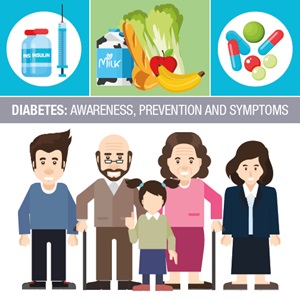 The global burden of diabetes significantly increased between 1990 and 2019 among older adults, according to study findings published in Wiley. As the world’s population shifts toward older age groups, especially in Asia, Europe, and the United States, the prevalence of diabetes has grown among adults older than 70 years of age. However, global epidemiological data on diabetes burden among this age group remains insufficient.
The global burden of diabetes significantly increased between 1990 and 2019 among older adults, according to study findings published in Wiley. As the world’s population shifts toward older age groups, especially in Asia, Europe, and the United States, the prevalence of diabetes has grown among adults older than 70 years of age. However, global epidemiological data on diabetes burden among this age group remains insufficient.
To better describe the global burden of diabetes among individuals aged 70 years or older, researchers in China conducted a study that included a total of 110.1 million adults aged at least 70 years with diabetes. “In regions with lower levels of sociodemographic development, the burden of diabetes in the elderly is relatively high, which indicates the areas in greatest need,” the researchers concluded. “These data suggest that in aging societies, the population with diabetes poses inevitable public health and economic challenges.”
Read more: Global Burden of Diabetes Increasing Among Older Adults
Drinking too much diet soda may raise the risk of liver disease by Jeanna D. Smiley for MedicalNewsTOday.com, 6 December 2023.
 Metabolic dysfunction-associated steatotic liver disease (MASLD) is one of the most prevalent liver diseases. Current estimates suggest MASLD affects up to 46% of the world’s population. MASLD was formerly called nonalcoholic fatty liver disease (NAFLD) and was renamed in June 2023. The disease, marked by excess fat accumulation in the liver, has no initial symptoms. It can progress to metabolic dysfunction-associated steatohepatitis (MASH), a more serious condition that can lead to liver scarring and cirrhosis. Currently, no medication has been approved to treat this form of liver disease. Doctors recommend exercise and dietary changes to help reduce body fat in preventing or reversing MASLD.
Metabolic dysfunction-associated steatotic liver disease (MASLD) is one of the most prevalent liver diseases. Current estimates suggest MASLD affects up to 46% of the world’s population. MASLD was formerly called nonalcoholic fatty liver disease (NAFLD) and was renamed in June 2023. The disease, marked by excess fat accumulation in the liver, has no initial symptoms. It can progress to metabolic dysfunction-associated steatohepatitis (MASH), a more serious condition that can lead to liver scarring and cirrhosis. Currently, no medication has been approved to treat this form of liver disease. Doctors recommend exercise and dietary changes to help reduce body fat in preventing or reversing MASLD.
Health experts have long considered that soda consumption may increase MASLD risk by inducing insulin resistance and inflammation in the liver. While diet sodas often tout claims like “zero sugar” and “zero calories,” these are not considered healthful beverages by experts. Now, a research team set out to find an association between heavy consumption of diet soda and MASLD risk. Their work, recently published in BMC Public Health, suggests a strong correlation between diet sodas and this form of liver disease. “To the best of our knowledge, this is the first study to explore the association between diet soda consumption and MASLD in a nationally representative sample, and our findings can provide valuable dietary recommendations for the prevention and treatment of MASLD,” the study authors wrote.
In May 2023, a new guideline from the World Health Organization (WHO) advised against using non-sugar sweeteners to reduce body fat. In July 2023, the WHO labeled aspartame as “possibly carcinogenic to humans”. Some research has suggested that diet sodas may contribute to increased body mass index (BMI) and percentage body fat in adolescents. Daily soda intake is also associated with increased hypertension in adolescents. Furthermore, excessive diet soda consumption may be involved in an increased risk of vascular events and type 2 diabetes.
Read more: Drinking too much diet soda may raise the risk of liver disease
Does Cannabis Use Impact Type 1 Diabetes? by Matthew Garza for diaTribe.org, 1 December 2023.
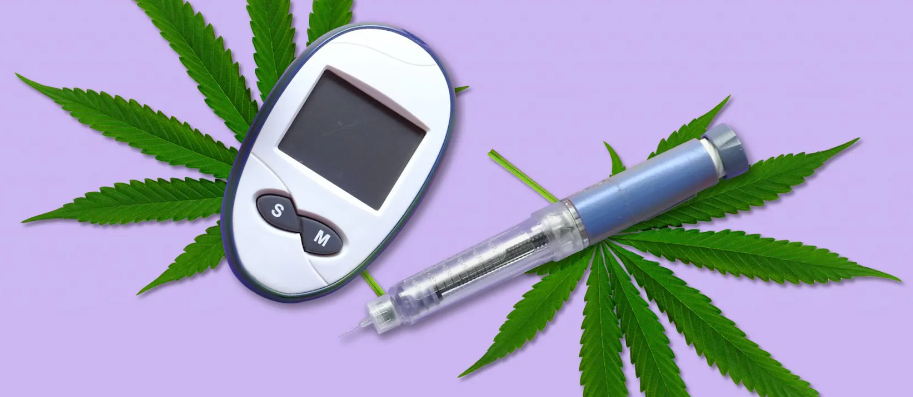 Cannabis (also known as weed or marijuana), recreational or legalized medical marijuana products, can be used safely, it’s important to be aware of how they can impact your health. Though the research is limited, there is evidence that cannabis use can have negative effects on people with type 1 diabetes. Using cannabis may increase a person’s risk for diabetes-related complications like diabetic ketoacidosis (DKA) and another condition with similar symptoms called hyperglycemic ketosis cannabis hyperemesis syndrome (HK-CHS). HK-CHS affects a person’s gastrointestinal system, which causes nausea and vomiting, followed by ketosis, and then hyperglycemia (the reverse of DKA).
Cannabis (also known as weed or marijuana), recreational or legalized medical marijuana products, can be used safely, it’s important to be aware of how they can impact your health. Though the research is limited, there is evidence that cannabis use can have negative effects on people with type 1 diabetes. Using cannabis may increase a person’s risk for diabetes-related complications like diabetic ketoacidosis (DKA) and another condition with similar symptoms called hyperglycemic ketosis cannabis hyperemesis syndrome (HK-CHS). HK-CHS affects a person’s gastrointestinal system, which causes nausea and vomiting, followed by ketosis, and then hyperglycemia (the reverse of DKA).
Recommendations for people with type 1 diabetes who use cannabis
-
-
- Closely monitor your blood sugar levels before, during, and after using cannabis as side effects (like gastric emptying) can affect blood glucose and cause hyperglycemia. Monitor your blood ketone levels as well, especially if you are experiencing hyperglycemia.
- Be honest with your healthcare team about any marijuana use and discuss whether you should make adjustments to your eating habits, exercise, or medication regimen as a result.
- Be sure that your loved ones know the signs of DKA and HK-CHS in case of an emergency.
- If you have to go to an emergency department because of severe vomiting and hyperglycemia, be sure to disclose if you use medical or recreational cannabis.
-
Read more: Does Cannabis Use Impact Type 1 Diabetes?
HOLIDAY Carb Counts, shared by ChildrenwithDiabetes.com
Click here: Christmas CARB COUNTS
Click here: Hanukkah CARB COUNTS




hmm, The termination of the Medtronic / EOFlow agreement is surprising to me. Medtronic seemed oddly more upbeat than usual about one of these. I wonder if we will ever know the exact reason. But it will always be fun to speculate.
Diet Coke is the nectar of the God’s. Lets face it all the others are just jealous. Lets face it after they ruined Tab Also lets be clear since I was raised on Tab and Diet Rite. All these ideas, that diet coke might take me out? I laugh in its face.
Hey, we just got back from San Diego this past week and we had such a nice time. We even drove up to LA one day.